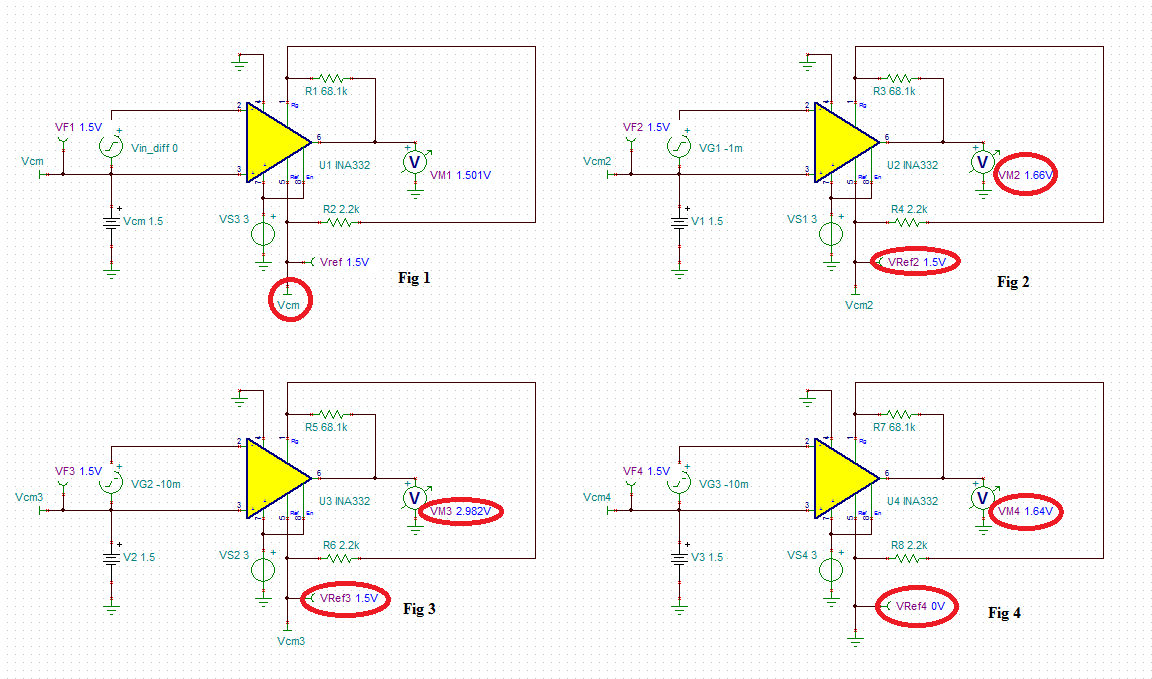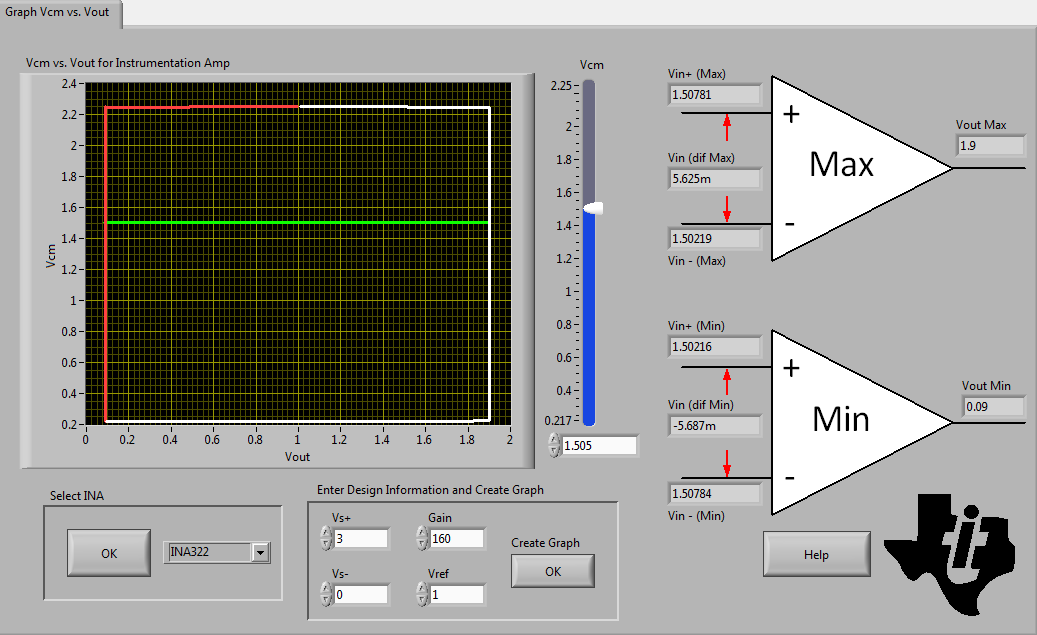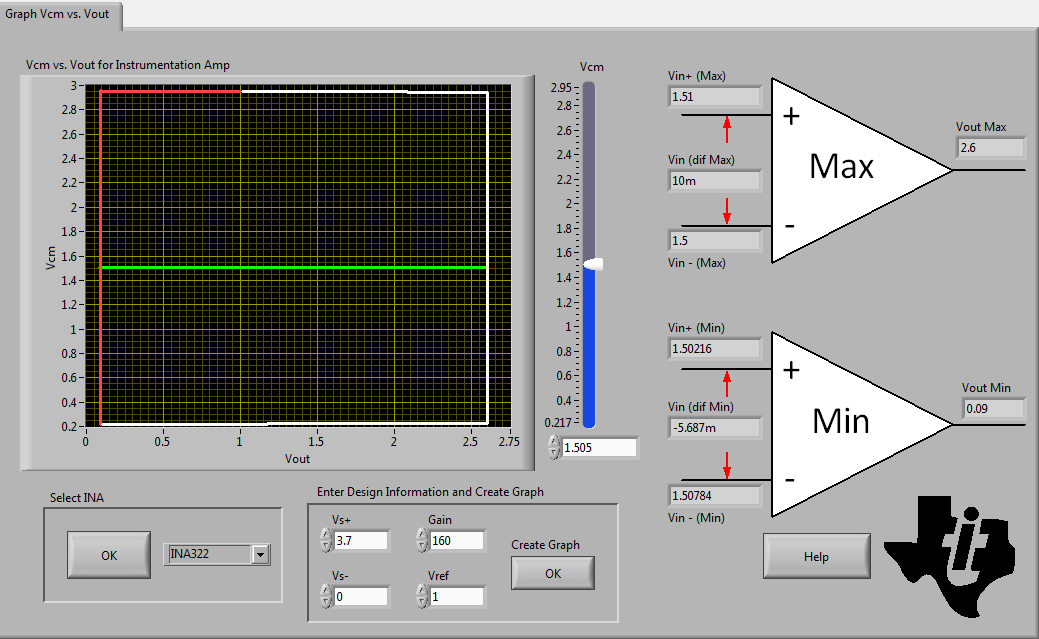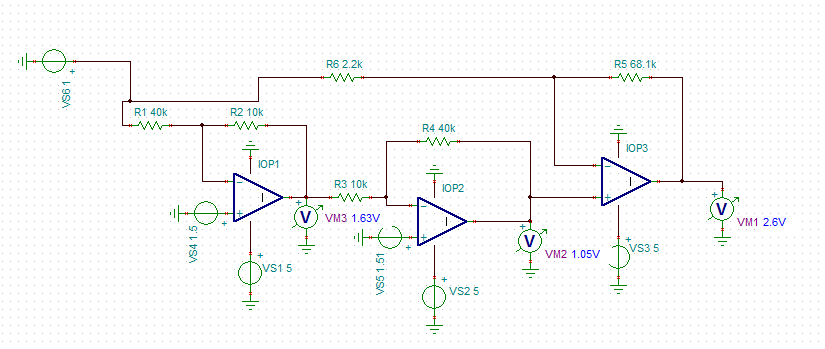Other Parts Discussed in Thread: TINA-TI,
Tool/software: TINA-TI or Spice Models
I was trying to use INA332 in my design where I want gain around 160, but I was not getting it. I have used components as given in the datasheet of INA332.
Input voltages are 1.5V and 1.51V. and gain resistors are 68.1K and 2.2k. So, output voltage should be 1.59V, but it is giving 2.93V.
schematic is here: 1884.INA332.TSC





